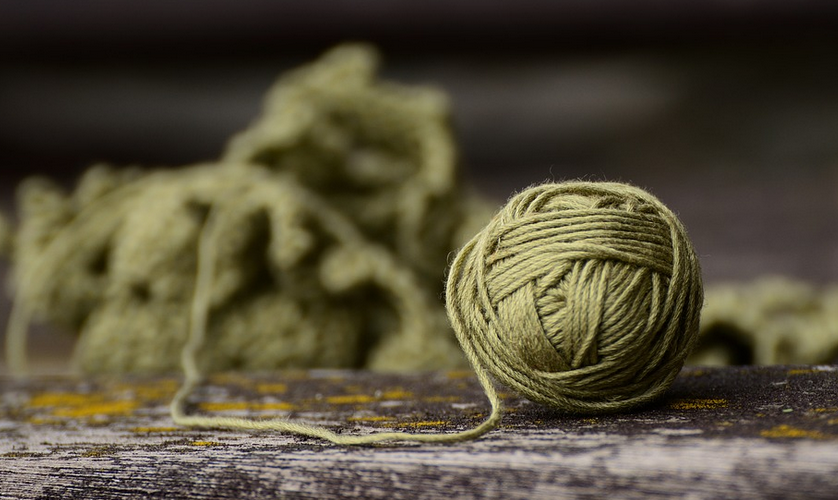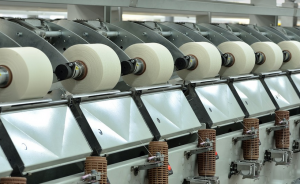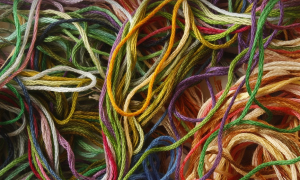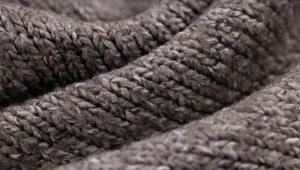
The Basics of Leather Sewing
Leatherworking, in its various forms, is a craft that has captivated generations with its ability to transform raw materials into functional and aesthetically pleasing objects. From rugged tool belts to luxurious purses, leather’s versatility extends far beyond the realm of fashion. But crafting with this material requires specific tools and techniques to ensure durability and longevity. One key element in any leather project is the selection of thread for stitching.
Leather, unlike woven fabric, presents a unique challenge when it comes to sewing. It’s thick, resilient, and often treated with finishes that can make conventional threads snag or be difficult to pierce. The right kind of thread goes a long way in achieving a flawless finish, even on the most intricate designs.
When you delve into the world of leatherworking, you’ll encounter different types of sewing thread designed specifically for its unique properties. It’s not just about choosing any old thread; each type offers distinct characteristics that impact your project’s overall outcome.
The Types of Sewing Thread for Leather
There are several varieties of threads available for leatherworking, and each caters to specific needs and preferences. Let’s delve into some common types:
1. Natural Fibers: The Humble Roots
For centuries, natural fibers like cotton and linen have been the foundation of many textile creations. They offer a familiar comfort in crafting with leather, but also serve as excellent choices for general-purpose projects.
**Pros:**
- Affordable
- Durable
- Strong
- Easy to Sew
**Cons:**
- Can be prone to fraying, especially in high-wear areas of the project.
- May not offer the same level of abrasion resistance as specialized threads.
2. Nylon: The Tough Guy
Nylon threads are known for their strength and resilience, making them a favorite choice for projects requiring durability, especially those involving high abrasion or heavy-duty use.
**Pros:**
- High Tensile Strength
- Abrasion Resistant
**Cons:**
- Can be slippery when first introduced to the leather, requiring a little practice.
3. Polyester: The All-rounder
Polyester threads are another popular choice for leatherwork due to their versatility and ability to withstand both wear and tear and water. These strong fibers offer excellent resistance against abrasion and tearing.
**Pros:**
- High Tensile Strength
- Resistance to Water and Abrasion
- Strong and Durable
**Cons:**
- Can feel less flexible than some other thread types, making it a bit more challenging to work with for projects requiring intricate folds or curves.
4. Specialty Threads: The Tailor-Made Choices
For those seeking the best of both worlds – resilience and finesse, specialty threads are designed for specific purposes. Here’s a brief look at some well-known types:
**Waxed Linen Thread:** This type offers a smooth finish and durability, ideal for projects where high wear and tear is expected.
**Metallic Threads:** These threads add a touch of elegance and shine to leather projects.
**Leather thread:** Specialized in all things leather, these threads are designed for optimal flexibility and durability with the material itself.
Choosing the Right Thread: Factors to Consider
Selecting the right thread is paramount, as it significantly impacts the final product’s quality.
**1. Project Requirements:**
**2. Thread Materials:**
**3. Personal Preference:**
Tips for Successful Leather Stitching
Once you’ve chosen the right thread, there are several techniques that can elevate your leather stitching to a new level:
**1. Use Sharp Needle:** A dull needle will hinder smooth sewing and increase the risk of snagging.
**2. Pre-Thread the Needle:** This is especially important when working with thicker threads, which can be hard to thread otherwise.
**3. Practice:** It’s not about perfection; it’s about progress. Start practicing on sample pieces before moving onto your actual project.
**4. Test the Threads:** Before committing to a project, test out different threads and needle types in practice. This helps you identify which combinations work best for your specific needs.
Embracing the Art of Leatherworking
Leatherworking is an art form as much as it is a craft. By mastering the techniques of threading leather and choosing the right materials, you can create truly beautiful and lasting pieces that will stand the test of time.
Remember, practice makes perfect! Don’t be afraid to experiment and explore different approaches to discover what works best for you.



